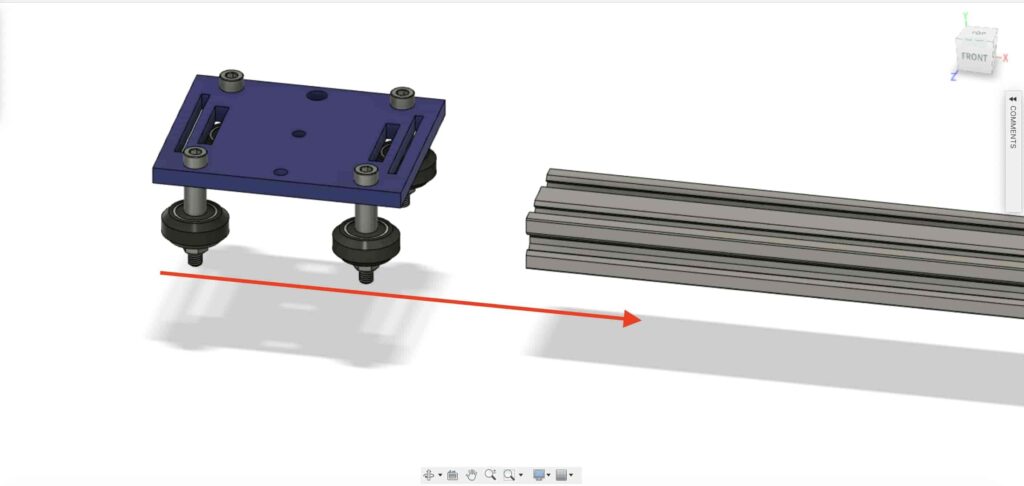

Put on the glove and turn on the Arduino.

Upload the program to the Arduino (the text file is attached - "Hand.rtf") and make sure all the connections to the glove and servos are correct. IMPORTANT: remember to connect the negative rail on the breadboard to the Arduino's other GND: all the GNDs in a circuit need to be connected for it to work. Connect each positive wire of the servo (usually red) to one of the rails on the breadboard, and the negative wire (usually black or brown) to another rail. To connect them to the power supply and Arduino, I used a small solderless breadboard. Near the bottom, where the leads are attached, the sensors are a bit weaker and the tape ensures that they won't bend too far and won't get damaged.Īt this point, the servos should already be mounted into the forearm (see the Assembly Sketches link from previous step). I then wrapped the area where the wires are connected to the sensors with electrical tape to stabilize the sensors. I was able to solder the wires to the sensors relatively easily also, and used heat shrink to make sure there were no shorts. I soldered the circuit onto a small PCB from RadioShack, one that could be easily mounted onto the glove. The +5V from the Arduino goes to the main positive voltage wire, and each blue wire gets plugged into a separate analog input pin. The main GND (ground) wire, which is connected to all the individual GND wires from the sensors, gets plugged into the Arduino's GND. I color-coded the physical wires in the same way as the schematic so you can see more easily. The schematic is attached (red is positive voltage, black is negative, and blue goes to the Arduino). This can be measured by the Arduino through its analog inputs. It's a voltage divider: the flex sensors are variable resistors, and when paired with resistors of a static value, a change in resistance (in this case bending the sensor) can be sensed through the change in voltage between the resistors. The flex sensors require a circuit in order for them to be compatible with Arduino. I also included rafts with all the parts, as they make the prints more consistent, especially when using ABS plastic. I used a MakerBot Replicator 2X - I'd recommend printing the finger parts in standard or high resolution to avoid unwanted friction. And from this page ( ): RobCableFrontV1.stl RobRingV3.stl (note - I had to drill these a bit myself to get them to fit my servos) RobCableBackV2.stl RobServoBedV4.stl robpart3V3.stl robpart4V3.stl (these two are covers for the forearm - they're not necessary for functionality) In total, the parts take about 13-15 hours to print depending on the printing resolution you use.
#Arduino camera mount thingiverse download#
From this page on Thingiverse ( ), download and print the following parts: robpart1.stl* robpart4V2.stl robpart5V2.stl Auriculaire3.stl Index3.stl Majeure3.stl ringfinger3.stl WristsmallV3.stl thumb5.stl Wristlarge.stl *some of the parts seem to have been removed, so I've attached the files below. It's a 3D-printable robot, and this is just the hand and forearm assembly. The hand is part of an open-source project called InMoov. glue) Sandpaper (I used ~220 grit) - a Dremel tool with a sanding head would also work Needle and thread A power drill A soldering iron Access to a 3D printer. 5 meters of string (should have a high-ish breaking strength) - I used this: Hot glue Super glue (C.A. 5x 4.5 inch flex sensors - I got mine here: 1x Arduino Uno or equivalent (they're also much cheaper on eBay) 5x 22k resistors 1x 6.0-7.2V battery (for the servos) - I used this: 1x small breadboard 1x Standard Tamiya battery connector - something like this: īreadboard jumpers/hookup wire 1x small blank PCB - I used something like this, only square (RadioShack has since removed the original product, but this should work as well): ġx glove (I used a right-hand glove - should be sturdy and fit well) 1x 8mm diameter 55mm length bolt 1x 8mm diameter 60mm length bolt 1x 8mm diameter 80mm length bolt 14x 3mm diameter about 20mm length screws 20x 4mm diameter screws (any length between 7mm and 30mm is fine) Approx.

I've had a bit of trouble with the range of motion, so servos that support a higher degree of rotation would be better) - I got mine from, but for a less expensive option I'd go with eBay (they come directly from China, so shipping may take longer). Here is the materials list: 5x MG946R Servos (or equivalent - MG995 or MG996 should work too. In total, this project will cost about $100-150, depending on where you get the parts.


 0 kommentar(er)
0 kommentar(er)
